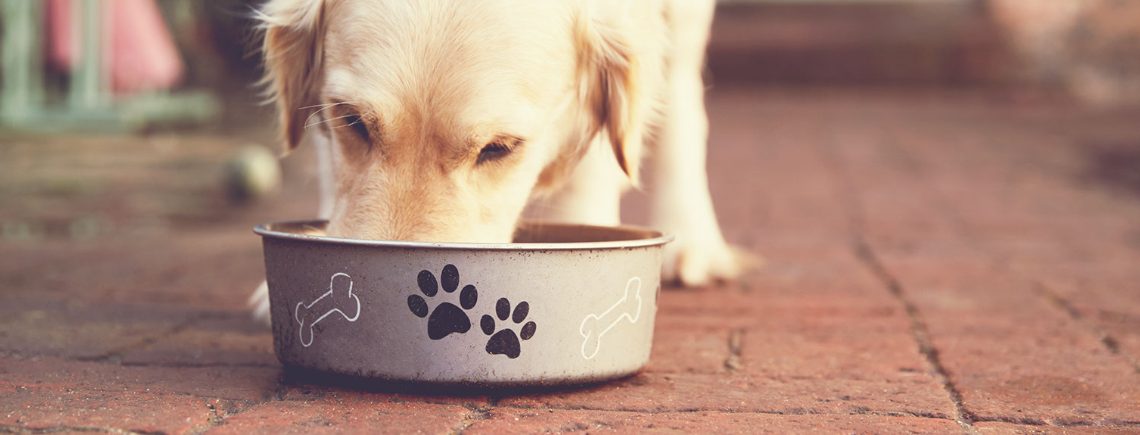What Does the Nutritional Information on a Pet Food Label Mean?
Understanding a food label and being able to decipher what it means is a really helpful and easy way to determine if a certain brand of food is suitable for your pet. Details on a food label give you the power to understand the difference between complicated advertising jargon, and knowing what is really in the food.
In this blog post, we’ll show you exactly what each section of a pet food label means and how to choose the best food for your four legged friend.
What’s On a Pet Food Label?
EU law requires that the label contains certain key pieces of information including a list of ingredients (referred to on the label as ‘Composition’), nutritional additives and a nutrition analysis (referred to as ‘Analytical Constituents’) along with feeding guidelines.
Below is a diagram of the information you would find on a packet of SEVEN Puppy Chicken with Turkey and Salmon 12kg.

Composition:
The ingredients must be listed in descending order by weight. Here, each ingredient is listed individually. The percentage of each ingredient component is also listed (‘Freshly Prepared Chicken, 20%’)
In other cases, ingredients can be listed using category names, such as ‘meat and animal derivatives’, ‘cereals’, ‘derivatives of vegetable origin.’
Nutritional Additives:
Additives used in pet foods may include vitamins, antioxidants, preservatives, flavours and colours. All additives must go through rigorous testing before they are suitable to be used in pet food. This process is strictly regulated by the EU. To find out more about specific additives used, you should contact the manufacturer.
Analytical Constituents:
This is essentially a nutritional analysis showing the percentage levels of certain minerals in pet food like proteins, fat, fibre and ash.
Benefits:
A list of benefits of the main ingredients in the food. In this example, we can see this packet contains 60% of Total Chicken, Turkey and Salmon, which is rich in amino acids for growth and development.
Feeding Guidelines:
Feeding guidelines will differ for each pet. In this example, this food is designed for puppies, and highlights the average feeding guide for puppies up to 15 months old.
When assessing the feeding guidelines, you need to consider size, age and the level of activity of your dog. Start by feeding the suggested amount and keep an eye on your pet’s weight and body condition.
Contact Details
These are the contact details of the company responsible for the products. It may be a manufacturer, packer, importer, seller or distributor. Here, we can see a website, email, and address for SEVEN Animal Feeds, the producer of this particular food product.
Which Food Should I Choose?
There are lots of different things to consider when choosing a food for your pet, and what worked for one might not work for yours. Some things to be aware of when choosing food are:
1. Age
A puppy or kitten will be growing rapidly and will needs lots of nutrients and support to help their growth and development. Senior dogs and cats will need a diet that will support her aging muscles and joints. Always ensure the food you choose is suited to their life stage.
2. Activity Level
An active dog or cat will need significantly more energy (calories) than on that is less active, so their diet should take account of his daily activity and how much food he needs to sustain and support his active lifestyle.

3. Food Sensitivities
If your pet has allergies, sensitive skin or his tummy is easily upset, choosing a hypoallergenic or grain free food may help.
4. Size
For both dogs and cats, breed and size will be critical factor in choosing their food. Larger breeds will need a food which will support their long limbs and joints, while smaller breeds will need a smaller kibble and fewer calories.
5. Neutered/Spayed
If your pet has been neutered or spayed, he may need a food that has been formulated to support him after surgery, as his body adjusts to the change. Choose a food that has been developed for neutered dogs and cats.
Looking for more information? This fact sheet from the PFMA on food labels is an informative and thorough guide to help you read food labels

